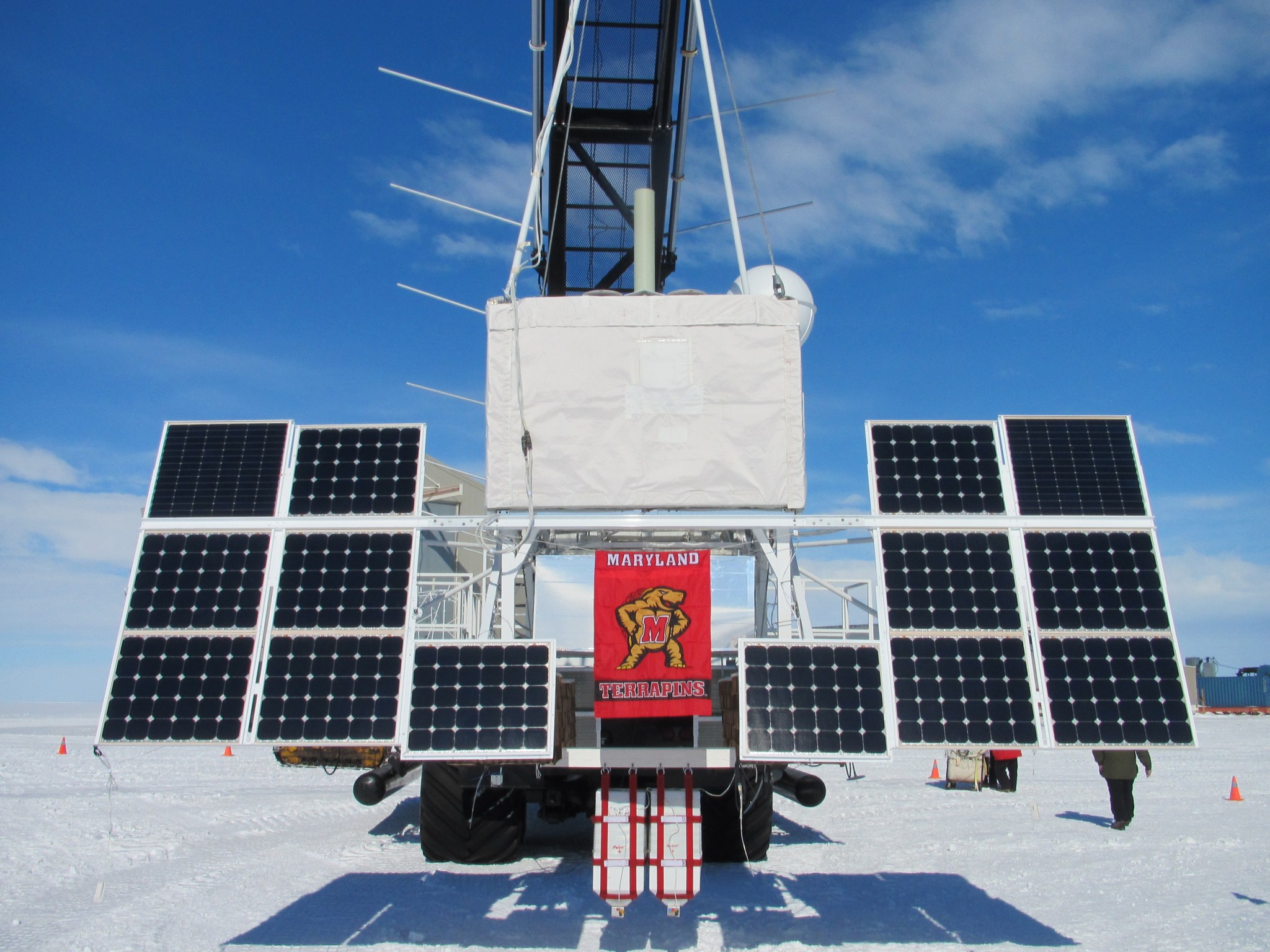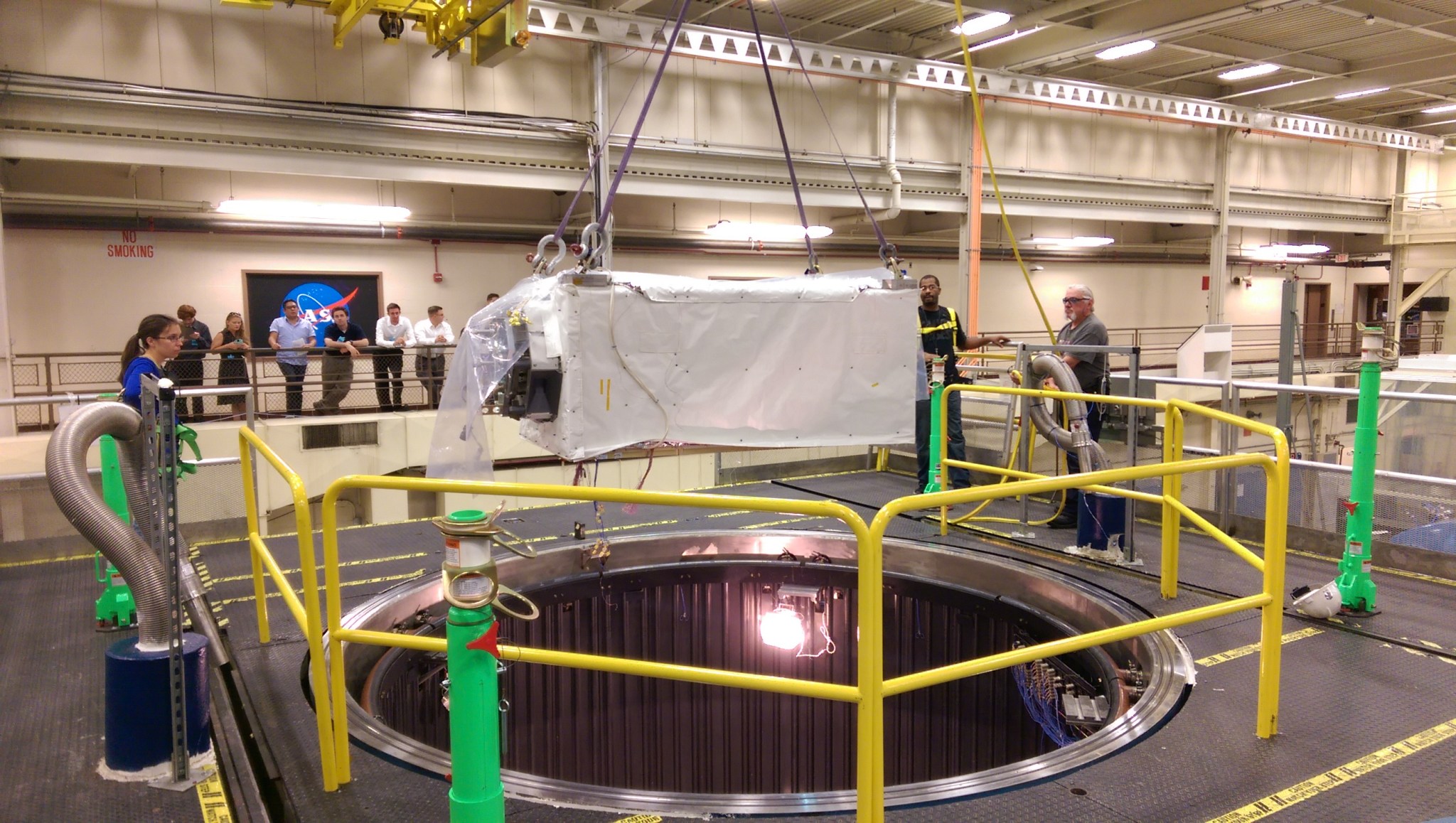Goddard Space Flight Center’s Wallops Flight Facility has played an integral role in the development of the Cosmic-Ray Energetics and Mass investigation (CREAM) instrument, which started as a balloon payload and is now heading to the International Space Station.
For more than six years Wallops has managed the CREAM instrument for the International Space Station (ISS-CREAM) project, working with the principal investigator Eun-Suk Seo at the University of Maryland, College Park.
Bill Wrobel, director of Wallops, said, “The facility has supported the development of CREAM, first as a scientific balloon payload and now as an instrument to be flown on the International Space Station. It’s exciting to support taking this cosmic ray instrument from suborbital to orbital flight.”
The Wallops team was responsible for the system-level integration and environmental test program of the ISS-CREAM payload. It oversaw the technical and programmatic aspects of the mission, such as systems engineering, safety assurance, systems integration and launch vehicle integration activities.
It provided project management, systems engineering, quality assurance, business management, and scheduling for the project. It also was responsible for thermal and mechanical engineering, to include structure and hardware interfacing to the instrument, and it provided harnessing cabling for the payload.
In addition, Wallops was responsible for environmental qualification of the payload to include mechanical, vibration and acoustic, and finally thermal-vacuum testing.
Lastly, it served as the prime project interface with the NASA Johnson Space Center International Space Station Program Office, Japan Aerospace Exploration Agency (JAXA) and SpaceX.
Although CREAM was balloon-borne during its seven prior missions, the current payload will take the technology past Earth’s atmosphere and into space. ISS-CREAM will directly sample fast-moving matter from outside the solar system, called cosmic rays, from its new vantage point on the Japanese Experiment Module – Exposed Facility.
Cosmic rays are high-energy particles traveling at nearly the speed of light that constantly shower Earth. But precisely how they originate and accelerate through space requires more study, as does their abrupt decline at energies higher than 1,000 trillion electron volts. These particles have been boosted to more than 100 times the energy achievable by the world’s most powerful particle accelerator, the Large Hadron Collider at CERN.
ISS-CREAM — about the size of a refrigerator — will carry repackaged versions of the silicon charge detectors and ionization calorimeter from the previous balloon missions over Antarctica. The orbital edition of CREAM will contain two new instruments: the top/bottom counting detectors, contributed by Kyungpook National University in Daegu, South Korea, and a boronated scintillator detector to distinguish electrons from protons, constructed by a team from Goddard, Pennsylvania State University in University Park and Northern Kentucky University in Highland Heights.
The international collaboration includes teams from numerous institutions in the United States as well as collaborating institutions in the Republic of Korea, Mexico and France.
According to co-investigator Jason Link, a University of Maryland, Baltimore County research scientist working at Goddard, CREAM’s evolution demonstrates the power of NASA’s Balloon Program, managed from Wallops, as a developmental test bed for space instrumentation.
“A balloon mission can go from an idea in a scientist’s head to a flying payload in about five years,” Link said. “In fact, many scientists who design experiments for space missions get their start in ballooning. It’s a powerful training ground for researchers and engineers.”
Keith Koehler
NASA’s Wallops Flight Facility, Virginia
Raleigh McElvery
NASA’s Goddard Space Flight Center, Greenbelt, Md.
































